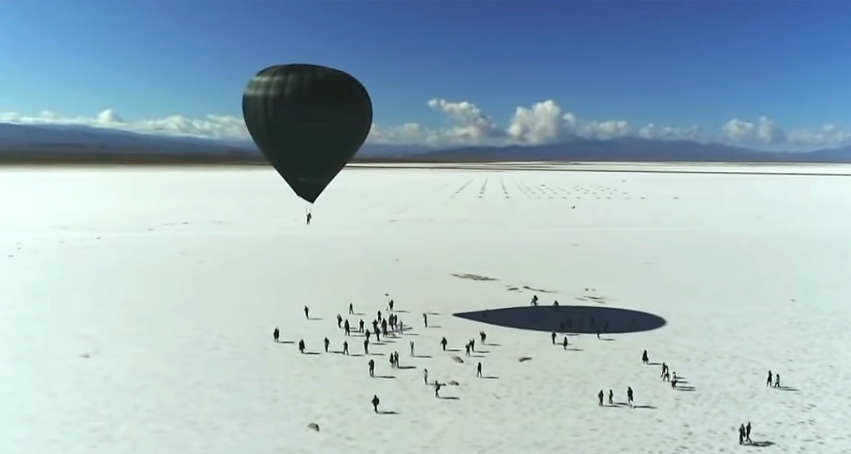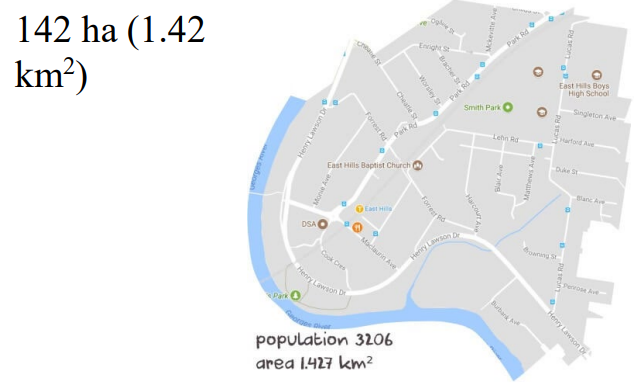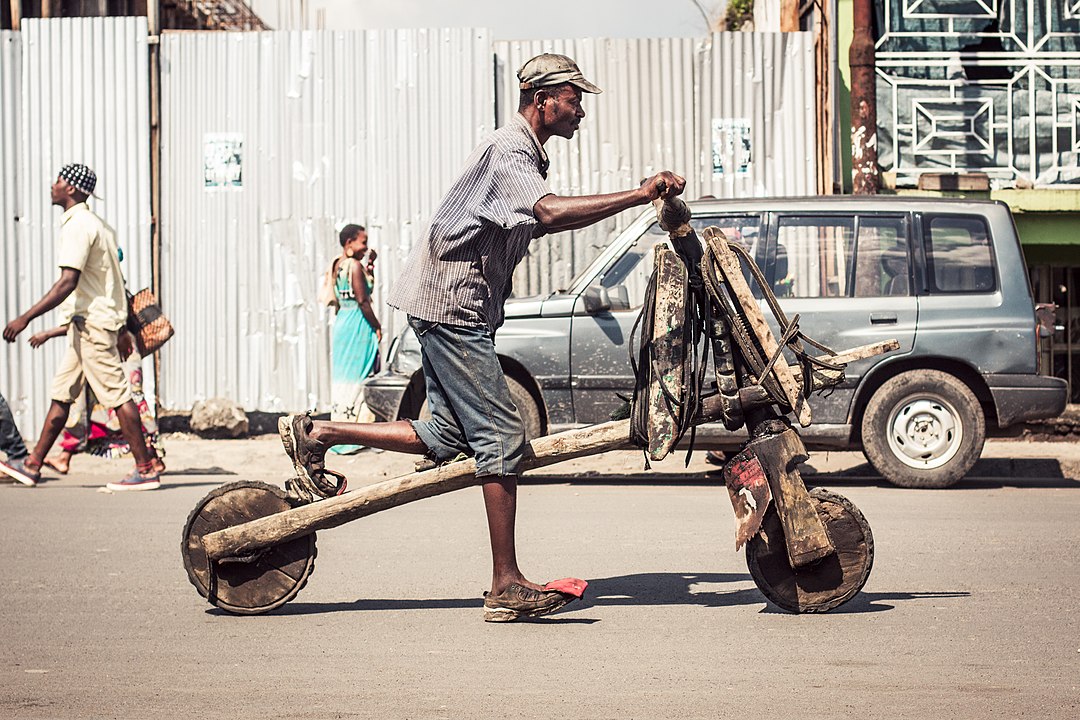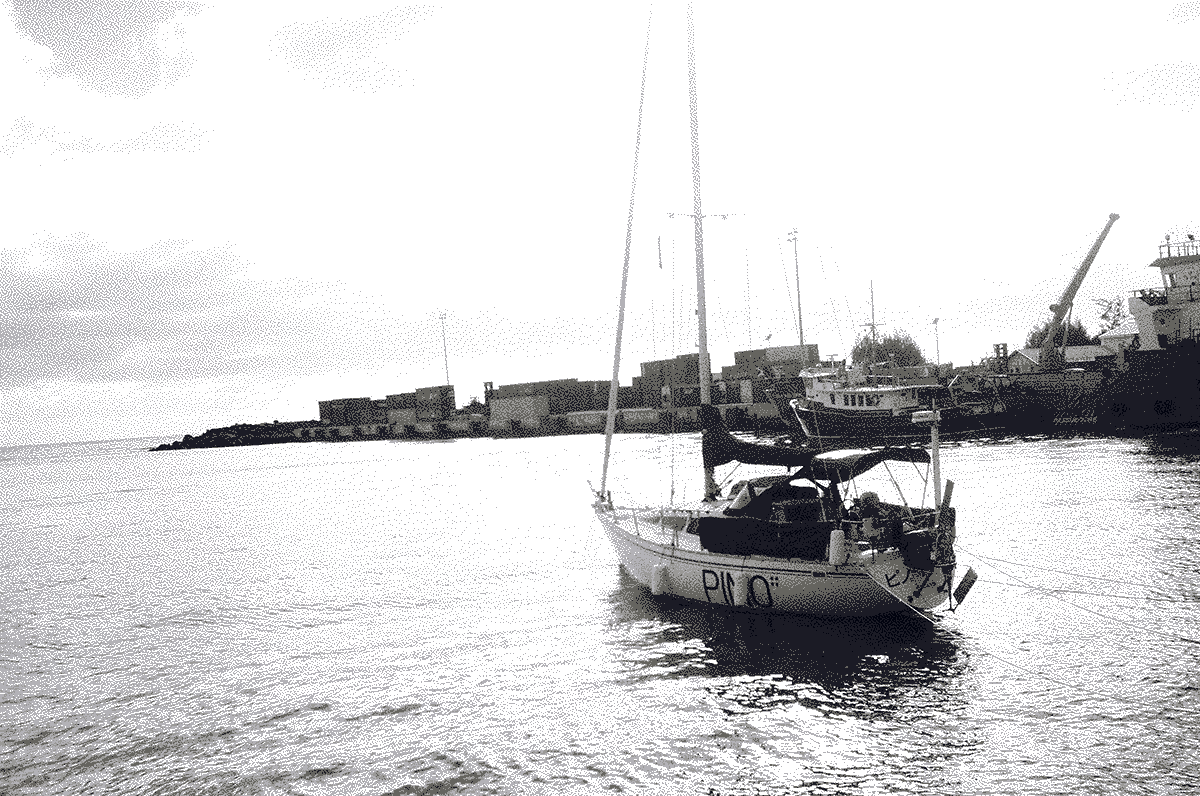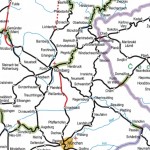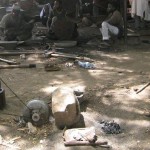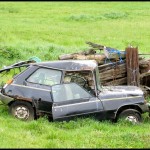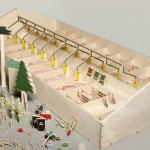Quoted from: Cederlof, Gustav, and Alf Hornborg. “System boundaries as epistemological and ethnographic problems: Assessing energy technology and socio-environmental impact.” Journal of Political Ecology 28.1 (2021): 111-123.
What are the social and environmental impacts of carbon and low-carbon energy technologies in different places and at different times? To answer this question, we are faced with an epistemological dilemma. Before measurement takes place, we need to define where and when the phenomenon we are measuring begins and ends—to define its “system boundaries.” For instance, one liter of semi-skimmed milk, bought in a British supermarket, has an energy content of 380 kcal. However, to think of the milk in terms of energy also evokes the far-reaching social and environmental contexts that bring milk to the market.
Beyond the energy content declared on the milk carton, we can undertake a life cycle assessment (LCA)—expanding the system boundaries—to account for the energy (or the carbon, water, labor, or land) “embodied” in the milk via its production and distribution. We might include the energy content of processed cattle feed, electricity used to run milking machines, cooling tanks, water boilers, and lighting, energy inputs in alkaline and acid detergents, diesel for tractors, and a wide range of other energy technologies used in production.
We might expand the system boundaries further to account for the fuels needed to generate the electricity, run the chemical plant, fuel the milk tanker, power the dairy plant, and so on. Arguably, we should also account for the energy expended in the production of the electricity generator, the milking machine, the milk tanker and the tractor, fencing and the batteries storing energy to electrify it. But if an electricity generator and a battery are somehow embodied in a liter of milk, we have culturally come far away from what we normally understand milk to be. Where, then, should we draw the system boundaries around an object in order to gauge its social and environmental impact?
